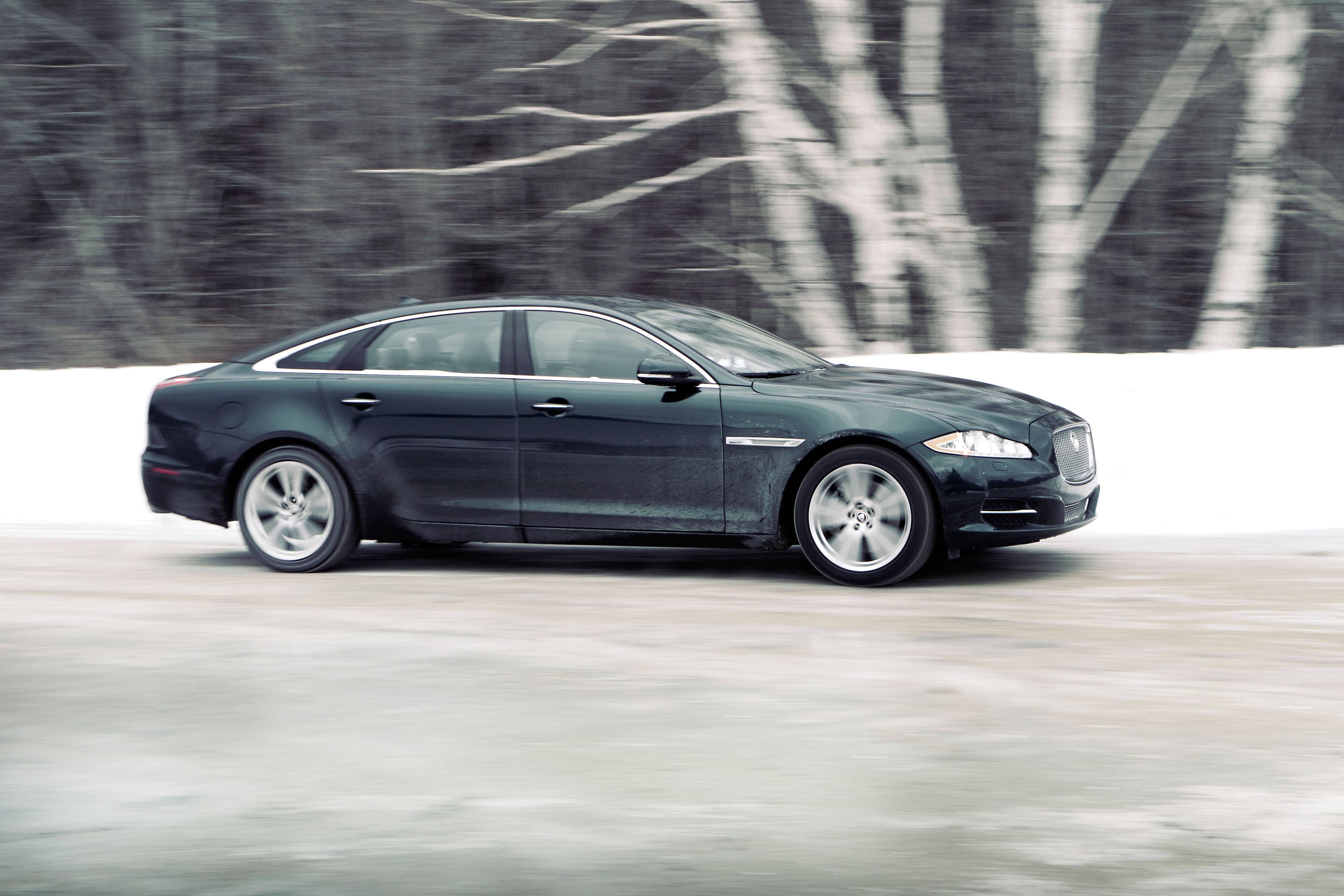How to drive safely on icy roads
As temperatures plunge and forecasters warn of icy conditions, Lisa Salmon finds out how to avoid accidents on treacherous roads.

Your support helps us to tell the story
From reproductive rights to climate change to Big Tech, The Independent is on the ground when the story is developing. Whether it's investigating the financials of Elon Musk's pro-Trump PAC or producing our latest documentary, 'The A Word', which shines a light on the American women fighting for reproductive rights, we know how important it is to parse out the facts from the messaging.
At such a critical moment in US history, we need reporters on the ground. Your donation allows us to keep sending journalists to speak to both sides of the story.
The Independent is trusted by Americans across the entire political spectrum. And unlike many other quality news outlets, we choose not to lock Americans out of our reporting and analysis with paywalls. We believe quality journalism should be available to everyone, paid for by those who can afford it.
Your support makes all the difference.The temperature has dropped throughout the UK and Ireland, with icy roads becoming more of a danger.
The Met Office has issued yellow weather warnings for snow and ice covering large swathes of the country, with the cold snap potentially lasting until Friday.
“Cold, icy and sometimes snowy conditions are in the forecast this week, with the UK seeing more of a northwesterly regime, and temperatures well below average for the time of year,” says Met Office chief meteorologist Jason Kelly.
“Warnings have been issued and ice is likely to be a hazard for much of the week, with some tricky travel conditions possible. Maximum temperatures will largely only reach the low single figures, with temperatures below freezing through most nights this week.”
And while councils will be doing their best to grit the roads, ice can still form – especially on surfaces that haven’t been gritted, which are more likely to be rural roads.
“Driving in snow or ice can be treacherous, so try to drive as smoothly as possible,” advises AA spokesperson Tony Rich (theaa.com). “If it’s slippery, do everything slowly as things can go wrong very quickly.”
When it’s cold and there’s a risk of ice, drivers should…
Plan ahead
It’s important to plan ahead when the weather’s bad, says Rich. “Before setting off, check the condition of your tyres, including the spare, and make sure you have enough fuel or electric charge for your journey.”
De-ice properly
“Factor in enough time to de-ice your windscreen inside and out – it’s illegal to drive without full vision,” says Rich.
Check your car manual
If you drive an automatic car, check your manual to see if your car has a setting for icy conditions, Rich recommends.
Stick to main roads
“Try to stick to the main roads, which are more likely to have been gritted,” advises Rich. “And inform someone of your intended route, particularly if you need to use rural roads.”
Watch your speed
Rich suggests motorists should adjust their speed to suit the conditions, saying: “Leave plenty of room between you and the vehicle in front.”
If you’re travelling at a slower speed, you’ll have more chance of controlling the vehicle should it skid on ice.
Drive gently
“Pull off gently in second gear to help prevent wheel spin,” Rich explains. “Avoid harsh braking and acceleration or aggressive steering, reduce your speed smoothly and use brakes gently.”
If you hit ice, don’t hit the brakes
It may be your natural reaction to slam on the brakes if you feel the car sliding on ice, but that’s not necessarily the best way to stay safe.
“If you do hit black ice, keep calm and avoid sudden or aggressive manoeuvres,” Rich suggests. “Don’t hit the brakes, but lift off the accelerator fully and try to keep the steering straight, allowing the car to pass over the ice.”
Don’t tailgate
It’s particularly important to leave plenty of room between you and the vehicle in front, warns Rich, who explains: “In bad weather conditions, remember a car’s stopping distance will be longer – braking distances increase by at least 10 times on snow or ice.”
Remain cautious even after the weather improves
In the days following snow or ice, remember that although most road conditions may have improved, black ice could linger in shaded areas and potholes may develop in some places.
“Treat roads with caution until weather conditions return to normal,” says Rich. “Just because the conditions might have improved on main roads, country roads or bridges might still be hazardous due to less traffic, or because they’ve not been gritted.”